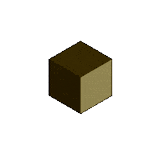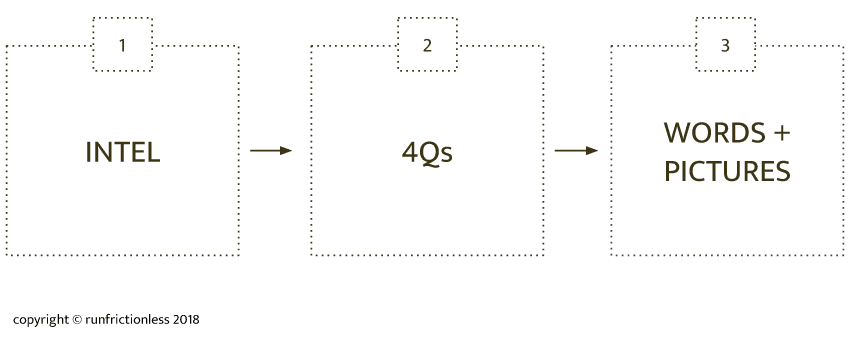
Sales systems give you selling superpowers
>
Sales systems give you selling superpowers
A sales system spells out the formula required to make a customer, in a clearly understood sequence. It is similar to a sales funnel or sales process, only more comprehensive.
A sales system will tell you the precise number of interactions to make a customer. If you serve small businesses, this could be 15 interactions. If you serve enterprise firms, it could number 25 or more interactions before a customer is created.

A sales system is less dependent on salespeople
The intellectual property of how a customer is made is built into the sales system. It is the sales system that does the selling – salespeople contribute to the sale. Each salesperson need only understand the part of the system where they contribute.
One person is no longer responsible for taking a sale from A to Z. Each salesperson need only understand the part of the system where they contribute.
As the salesforce know only the part of the sales system they contribute towards, you’re also less likely to feel the vacuous effects of a salesperson leaving the company. If they decide to impart knowledge to a competing firm, their actions present a limited threat.
Customer interactions are moving online
Customer interactions are moving away from occurring in brick-and-mortar, to occurring online.
One of the challenges of managing online sales is your sales force never meet the customer. This presents new kinds of opportunities and challenges. The customer is ‘virtual’. Voice, mood, and happiness – important cues to closing a deal cannot be measured.
Sales systems play an essential role because they monitor not just where the deal is in the pipeline, but the readiness of a customer to buy online. They measure the customer’s temperature by monitoring what actions the customer has taken, and what they will need next.
The many benefits of a sales system
Sales system superpowers
There is one big, untold benefit of using a sales system, a benefit so powerful, it’s a superpower.

Each time you design a sales system, you are forced to hunt and eliminate friction. Friction points are what prevent your business making a customer and cause customers instead to drop off.
I personally discovered each time we overlaid a sales system in a startup, two things happened. One, we doubled sales immediately! Two, we doubled sales without hiring new salespeople. We simply trained the salesforce on how to use and contribute to the sales system.
Find creativity in how to sequence the buttons
For example, imagine a group of salespeople seated before a dashboard of different colored buttons. Pressing the buttons in different combinations yield different results. In this example, we don’t need to train the salespeople on how to sell. We train salespeople the right combination of buttons to press, to give the desired outcome.
Mixing decks were invented so that those not skilled enough to play an instrument, could still create music. The intellectual property is built into the mixing deck. Understanding how a mixing deck is put together is not essential. The user need only understand the sequence of buttons to push.
Sales systems keep sales training costs in check
Let’s apply this analogy to the salesforce. Salespeople don’t need to understand why an email should be sent at a certain time or why certain words are used in the content of the email. Salespeople don’t need to learn how to sell, they are trained to get the most out of the sales system.
A sales system enables you to augment your salesforce. This ensures the best people are working on the highest value tasks, and other tasks are carried out by less experienced folk.
This reduces your training bill and makes your startup far more scalable, as you have access to a wider pool of talent.
Key takeaways
learn more




